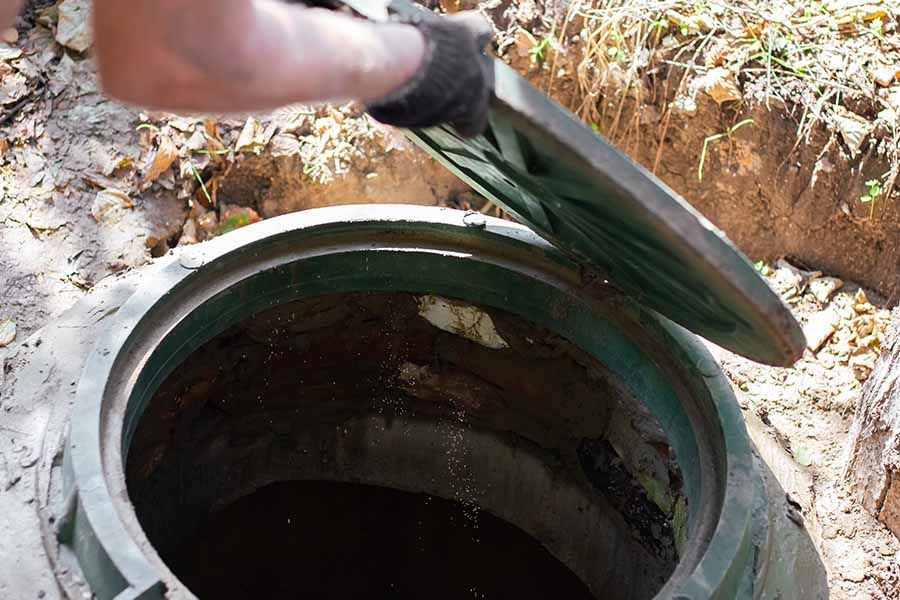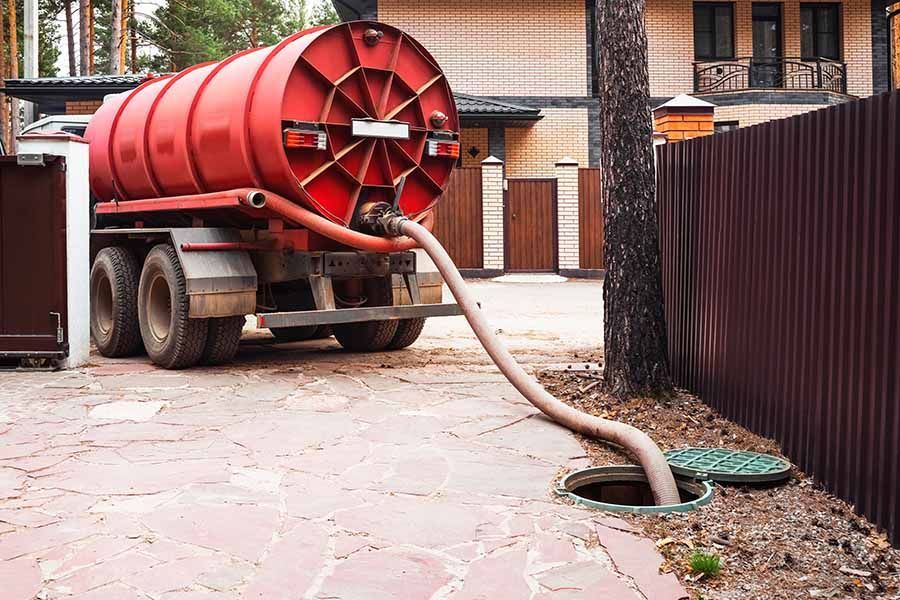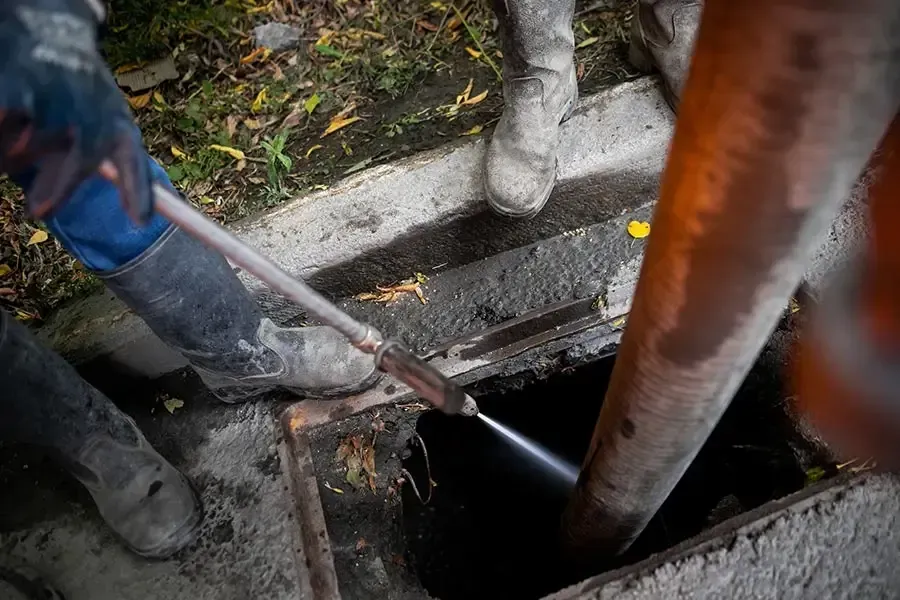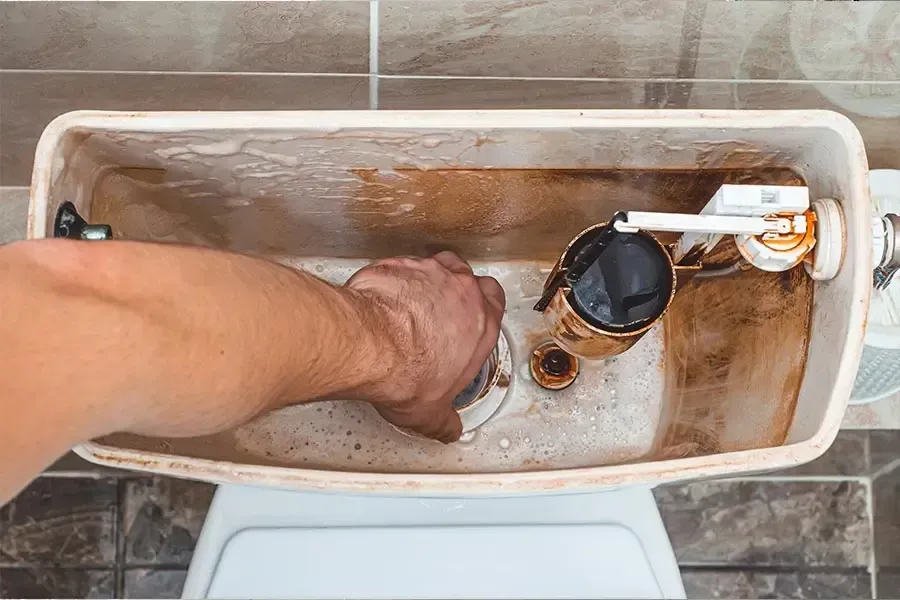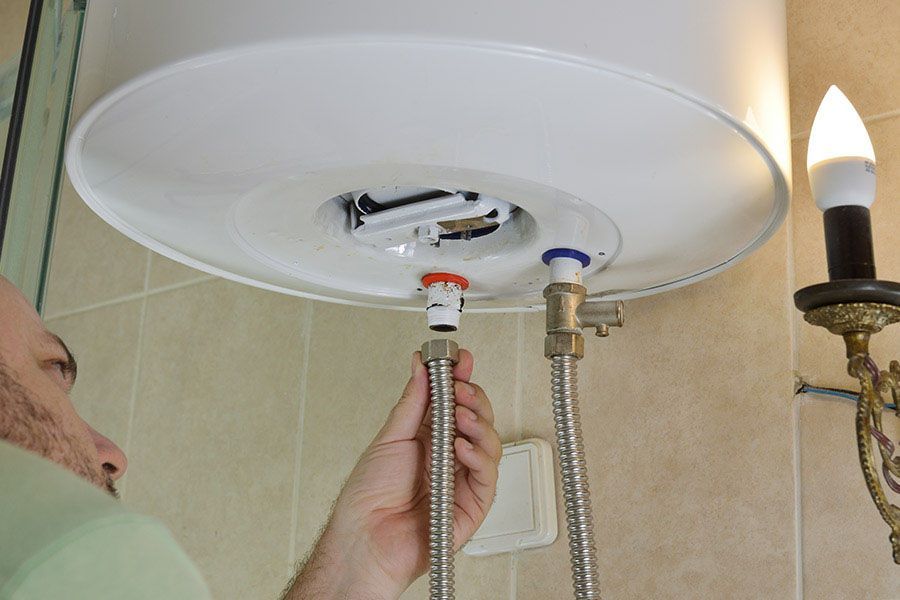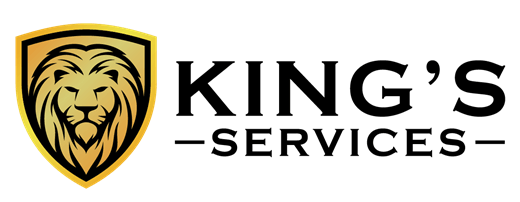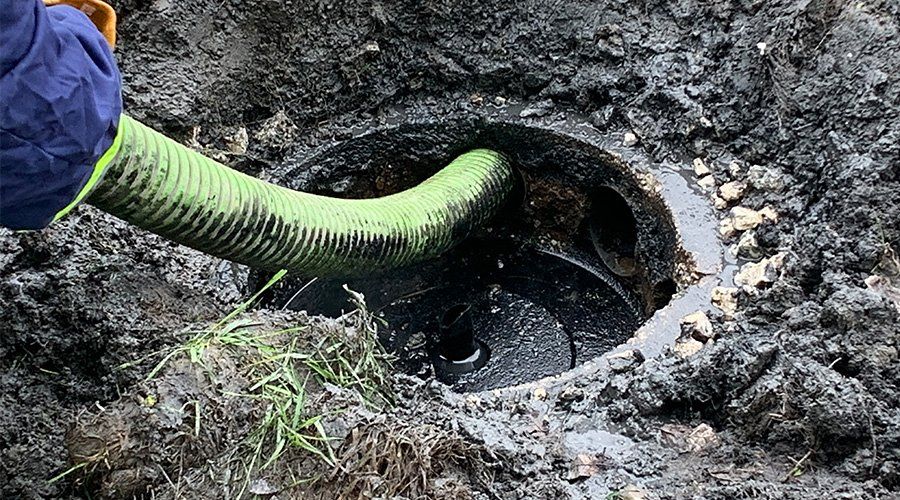
Do you know the constituents of your sewage and how they impact the environment? What you are about to hear may pleasantly surprise you!
Most rural households in Manitoba are not linked into municipal waste water treatment centres so the sewage exiting your home needs to go out through some kind of sewage system in order to be removed from the household daily. The most common rural sewer system or onsite wastewater management system in Manitoba is a sewage tank and disposal field system. The waste and wastewater exiting your residence is called “effluent”. Effluent from most homes is approximately 99% water and 1% solids. A properly installed and maintained wastewater management system can have minimal environmental impacts and can be a sustainable effluent management method for most rural homeowners and also for cottages. Your properly functioning septic system can deal with common effluent constituents like nitrogen, phosphorus, bacteria and viruses very effectively. Other constituents are present in such minute amounts that in most instances their presence in effluent is negligible.
Things you can do to protect your sewer system and the environment
- Responsible water usage – fresh water is a valuable resource!
- Install high efficiency showers, toilets, dishwashers and washing machines (rung these machines only when full)
- Don’t run water unnecessarily like when brushing your teeth
- Showers use less water than bathtubs
- Reduce the duration of your showers – a warm shower is nice but limit the water usage to a few minutes
- Fix leaky plumbing promptly
- Regularly inspect and pump your tank as necessary
- Annual inspections by a professional are recommended (have your sewer service company provide this inspection as part of your annual maintenance plan if you can’t undertake the task yourself)
- Pump the solids out of your tank regularly based on the usage – larger households may need more frequent cleaning
- Maintaining your septic system can save you a lot of money – replacing a failed system can be very expensive and inconvenient
Educate your household and guests about “safe” things they can flush down the sinks or toilets
- NEVER put chemicals, drugs, paints or solvents, gasolines, perfumes, dyes, preservatives, or kitty litter down your toilets or sinks, no hazardous detergents or bleaches, herbicides, pesticides or other hazardous chemicals – when in doubt “don’t flush it”
- Don’t put feminine hygiene products down the toilets
- Don’t flush cooking oils or grease down the sinks or toilets as they will clog the system
Don’t drive vehicles over your drain field as this will compact the soil and spoil the filtration system
- Consider fencing this area if necessary
- Plant only grass over this area
- Keep trees away from the drain field as the roots can clog the system
- Don’t divert rainwater or weeping tiles to the field as these may flood the system spreading sewage overland
Proper management is critical to maintaining a sustainable environmentally friendly septic system. There are limitations to these systems and proper household management of your effluent constituents is an important factor in protecting your local environment and the longevity of your system. Knowing the constituents of your effluent can help you manage and maintain your system and protect the local environment from contamination.
The majority of the waste water generated by your household is likely coming from greywater sources – bathing, laundry, hand washing and food preparation. The sewage contribution is from toilets and primarily consists of urine, fecal matter and other bodily wastes. Fecal matter contributes the major portion of the solid waste material in your effluent. The fecal matter contains organic and inorganic components based on things humans ingest. The solids are separated from waste water in a properly functioning septic system as a sludge material. Organic substances in waste water come mainly from fecal matter and detergents (phosphorus), but food preparation in the kitchen can also contribute to the proteins (nitrogen), carbohydrates, lignans and fats present in the effluent. The organic composition of waste water is approximately 50 percent proteins, 40 percent carbohydrates, 10 percent fats and oils, and trace amounts of steroids, surfactants, and other contaminants like common prescription drugs. Inorganic substances commonly found in effluent include sodium, iron, aluminum, calcium, arsenic, lead, copper, nickel and zinc. These are normally found in trace amounts and for most homeowners is not a major concern in a properly installed and maintained sewer system.
A sewer tank works by separation. As effluent exits the house through the sewer pipes it is deposited into the sewer tank where the solids precipitate out or fall to the bottom of the tank to form a sludge layer called septage. A septic tank, which is usually fibreglass, polyethylene or concrete, is a watertight chamber and must be corrosion resistant. Pre-fabricated tanks require a CSA (Canadian Standards Association) stamp. The two chambered tank is divided into a sediments tank where the day’s wastewater is held while solids settle to the bottom of the tank to decompose into liquids, gases and the sludge that must be pumped out of the tank annually. In addition, a scum layer is formed in the sediment tank above the liquid portion in the tank from soaps, oils and fats that seals the top of the effluent. The formation of this scum layer is actually very important as it creates an oxygen-free zone in which bacteria can work at breaking down the sludge further. As new wastewater enters the tank, the water layer between the scum and the sludge, which is mostly just clear water, is forced into a second smaller chamber called the control chamber. When the control chamber is full the sewer pump starts up and rapidly discharges the water through pipes to the disposal field. In this way the sludge which contains most of the materials that are potentially harmful to the environment, are mainly kept in the tank awaiting removal by a tank cleaning service that will properly dispose of this waste. The wastewater flowing out of the septic system may contain minute amounts of harmful substances such as bacteria, diseases, parasites and viruses but these quickly degrade in the disposal field. Only when the septic system is not properly installed or functioning properly is there a risk of environmental contamination. A properly installed disposal field is a critical component of your sewer system and a major component of managing household waste in an environmentally-friendly manner.
So the message is that a properly designed, installed and maintained onsite sewer management system can be eco friendlier than you might expect. It’s all about management though. Vigilance about how the system is being treated by your family and other users is paramount in ensuring the sustainability – see the checklist above for more information.
